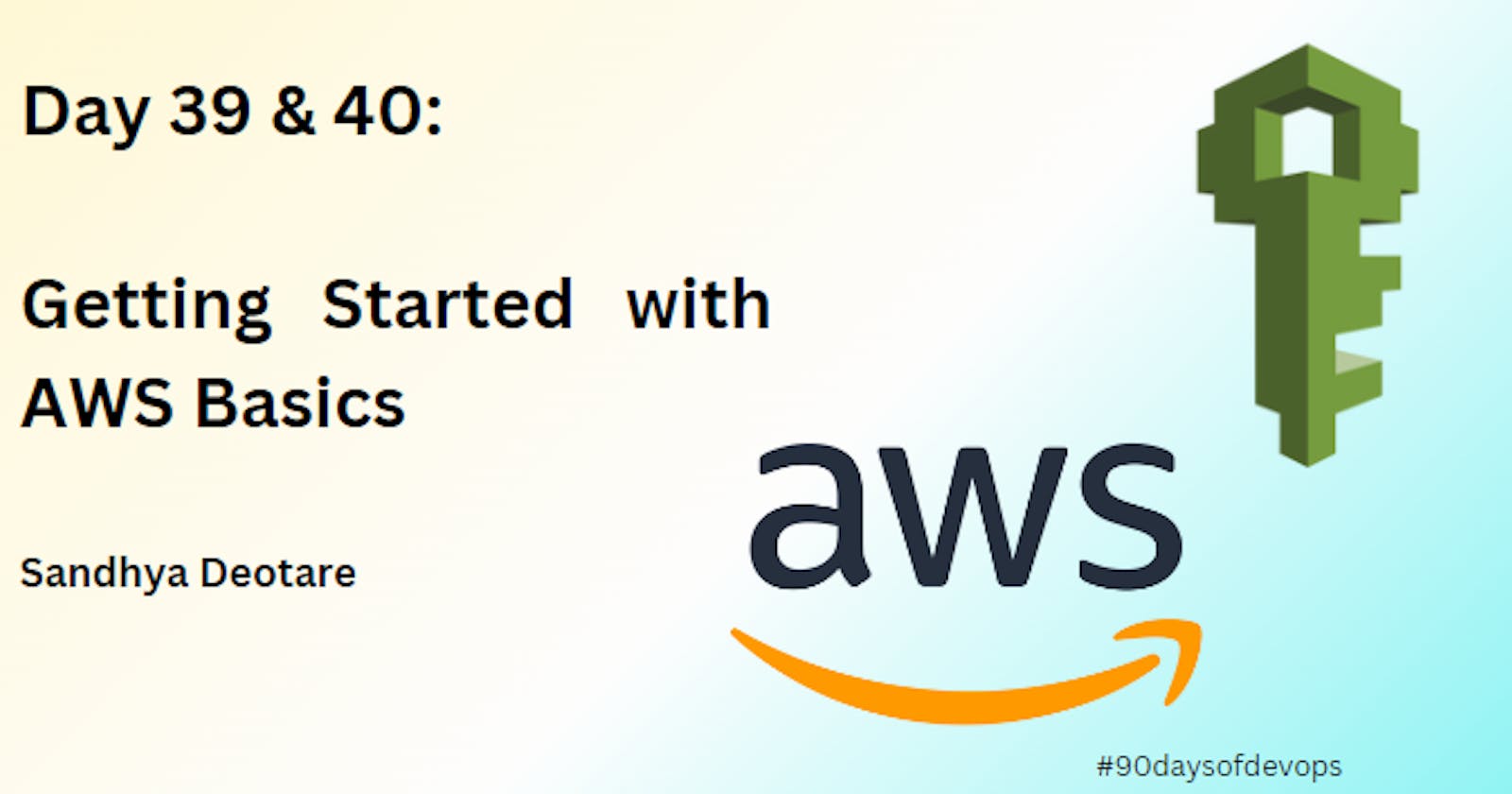Introduction
Welcome to Day 39 and Day 40 of your AWS learning journey! In this tutorial, we'll guide you through hands-on tasks to master Identity and Access Management (IAM), launch EC2 instances, set up Jenkins, and deploy Docker. Whether you're a beginner or looking to enhance your AWS skills, follow these step-by-step instructions for a comprehensive understanding.
Task 1: Empowering Your IAM User for EC2 Access
Step 1: Create an IAM User with EC2 Access
Navigate to the AWS Management Console.
Open the IAM dashboard and click on "Users."
Click "Add user," enter a username, and select "Programmatic access."
Attach the "AmazonEC2FullAccess" policy.
Review and create the user, noting the access key and secret key.
Step 2: Launch a Linux EC2 Instance with Jenkins and Docker
Create a Shell Script, e.g., setup.sh:
#!/bin/bash # Install Jenkins sudo wget -O /etc/yum.repos.d/jenkins.repo https://pkg.jenkins.io/redhat/jenkins.repo sudo rpm --import https://pkg.jenkins.io/redhat/jenkins.io.key sudo yum install -y jenkins # Install Docker sudo amazon-linux-extras install docker sudo service docker start sudo usermod -aG docker ec2-userMake the script executable and run it:
chmod +x setup.sh ./setup.shThis script installs Jenkins and Docker on your EC2 instance.
Task 2: Assembling Your DevOps Avengers
Step 1: Create DevOps IAM Users
Head to the IAM dashboard.
Create three users: DevOpsUser1, DevOpsUser2, and DevOpsUser3.
Attach policies such as "AmazonEC2FullAccess" to each user.
Step 2: Group Users into DevOps Groups
In the IAM dashboard, navigate to "Groups."
Create a group named "DevOpsGroup."
Add the three DevOps users to this group.
Task 3: Launching Jenkins on EC2
Step 1: Launch an EC2 Instance with Jenkins
Go to the EC2 dashboard.
Launch an instance with Amazon Linux 2 AMI.
In the user data section, add:
#!/bin/bash sudo yum install -y jenkins sudo service jenkins start sudo chkconfig jenkins onComplete the instance creation process.
Step 2: Access Jenkins Page
Once the instance is running, note its public IP address.
In your browser, enter
http://<your-instance-ip>:8080.Retrieve the Jenkins initial password from the instance:
sudo cat /var/lib/jenkins/secrets/initialAdminPasswordFollow the on-screen instructions to set up Jenkins.
Task 4: Unraveling IAM Roles
Step 1: Understand IAM Roles
Before creating IAM roles, let's delve into the concept of IAM Roles. IAM Roles are AWS Identity and Access Management entities that define a set of permissions for making AWS service requests. Unlike IAM users, roles do not have any credentials; instead, they rely on temporary security tokens.
Roles are useful in scenarios such as cross-account access, temporary access for users or applications, and delegating permissions to AWS services.
Read more about IAM Roles here.
Step 2: Create IAM Roles
In the IAM dashboard, navigate to "Roles."
Create three roles: DevOps-User, Test-User, and Admin.
Define the respective policies for each role.
Conclusion
Congratulations! You've successfully navigated through IAM, EC2, Jenkins, and Docker on AWS. These foundational skills will empower you in your cloud journey. As you continue exploring AWS, don't hesitate to experiment and adapt these learnings to real-world scenarios.
Happy learning!
Follow me on LinkedIn.
